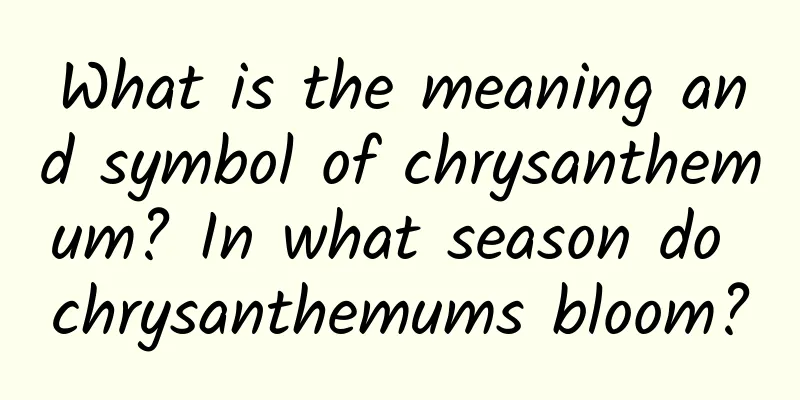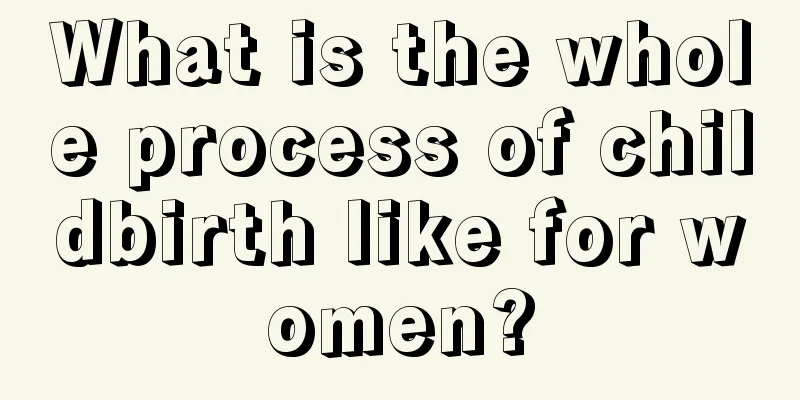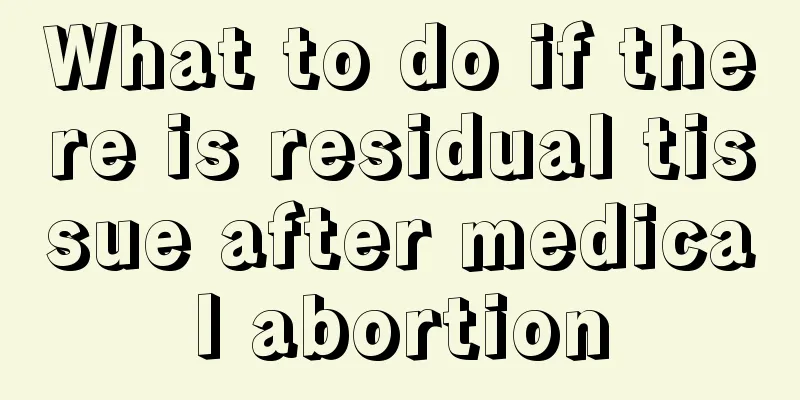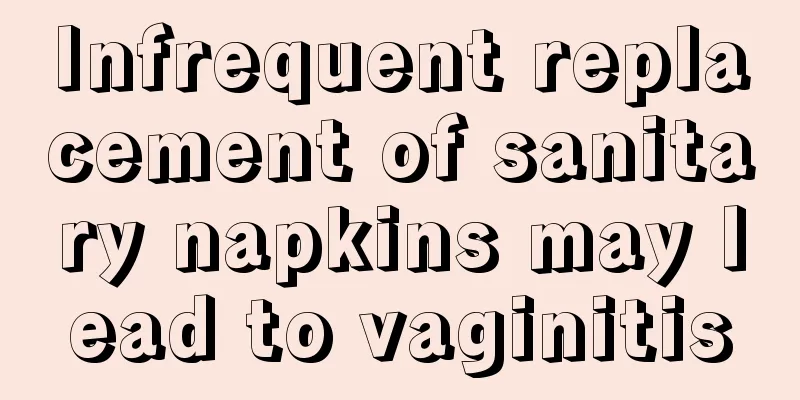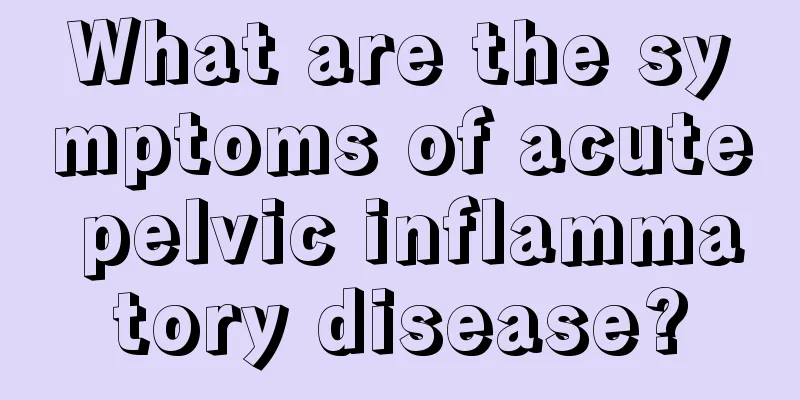How to treat cervical separation
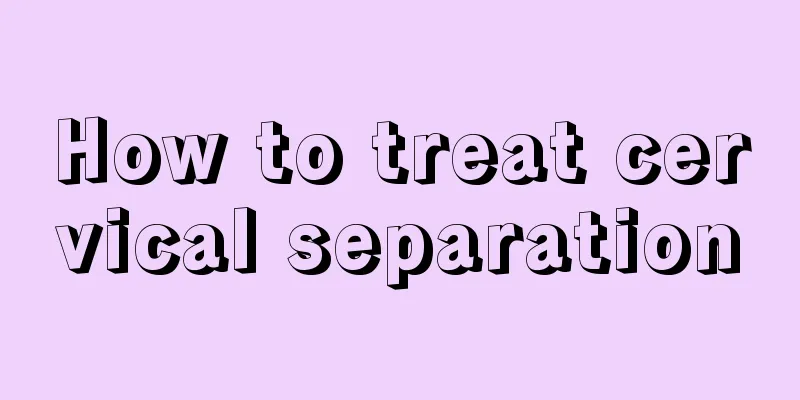
|
Cervical separation is a kind of cyst or is caused by inflammation. Women should not worry too much. If cervical inflammation occurs, anti-inflammatory treatment should be carried out in time. In addition, HPV and TCT examinations should be done. It is especially important to pay attention to re-examination after the menstruation is over. After good anti-inflammatory treatment and prevention of adhesions, a very good therapeutic effect can be achieved. 1. What is cervical separation? Cervical separation is an abnormal phenomenon, indicating that there is a health problem in the cervical canal. It must be given enough attention and treated in time. At the same time, it must be combined with auxiliary treatment methods, mainly in terms of diet and mentality. So how to treat cervical separation? 2. Anti-inflammatory treatment For cases of cervical canal separation, the cause must be found out before treatment. Cervical canal separation mainly refers to the opening of the cervical opening, which may be caused by inflammation or cysts. Of course, it may also be caused by the stimulation of the cervical canal secretions during ovulation. Generally, it is caused by the accumulation of fluid in the cervical canal. During the B-ultrasound examination, it will be found that the cervical canal is open instead of closed. 3. Prevent re-adhesion The patient's body will determine the size of the separation based on the amount of fluid accumulation. It may be caused by bleeding or inflammatory factors. If the secretions in the vagina are also inflammatory, anti-inflammatory treatment should be done. Relevant drugs can also be taken for treatment. If the drug treatment is not effective, uterine dilation treatment can be considered to allow the fluid in the cervical canal to flow out better. A small amount of fluid accumulation can be absorbed by itself or discharged from the body after anti-inflammatory treatment. If it is caused by cervical canal adhesion, patients with a large amount of fluid accumulation also need to dilate the adhesion area of the cervical canal and drain the accumulated fluid. At the same time, thorough anti-inflammatory treatment should be done to avoid re-adhesion. How to treat cervical canal separation? There are many treatments for cervical canal separation. The specific method of use should be determined according to the actual situation of the patient. Drug treatment can be used. If the drug treatment is not effective, uterine dilation treatment can be used. The specific content is introduced above, I hope it can help everyone. |
<<: What are the symptoms of retained placenta?
>>: What are the symptoms and treatment of cervical effusion?
Recommend
Don't let your bra become a killer you buy
Many women actually have only a vague understandi...
What are the side effects of the pregnancy-preserving injection and what are the methods to preserve the pregnancy?
At the current stage, with the development of tec...
What is the cause of the small pimples in the breast
A common disease of female breast is mastitis, wh...
What is endometriosis?
Many female friends may not know about the proble...
What are the causes of secondary dysmenorrhea?
The problem of dysmenorrhea troubles many female ...
If your eyes hurt and you have these symptoms, don’t take it lightly!
Author: Yang Diya, glaucoma and cataract speciali...
Areola redness and pain during breastfeeding
The most common cause of nipple pain is improper ...
There is a small fleshy ball on the vaginal opening
Some female friends have found that there is a sm...
Why do I feel bloating and pain during ovulation?
During the ovulation period, women's bodies w...
Women should be alert if they gain weight suddenly
We know that if a person suddenly loses a lot of ...
What tests do I need to do if I can’t get pregnant?
For couples, one of the most important things aft...
How can I get pregnant after removing the IUD?
Generally, women wear IUDs for contraception, but...
Endometrium 4mm amenorrhea
Menstruation is a regular shedding of the uterine...
At what age does menstruation usually start?
Whether it is a boy or a girl, growth and develop...
What exactly is going on when women suffer from qi and blood deficiency?
When a woman is deficient in both Qi and blood, t...
